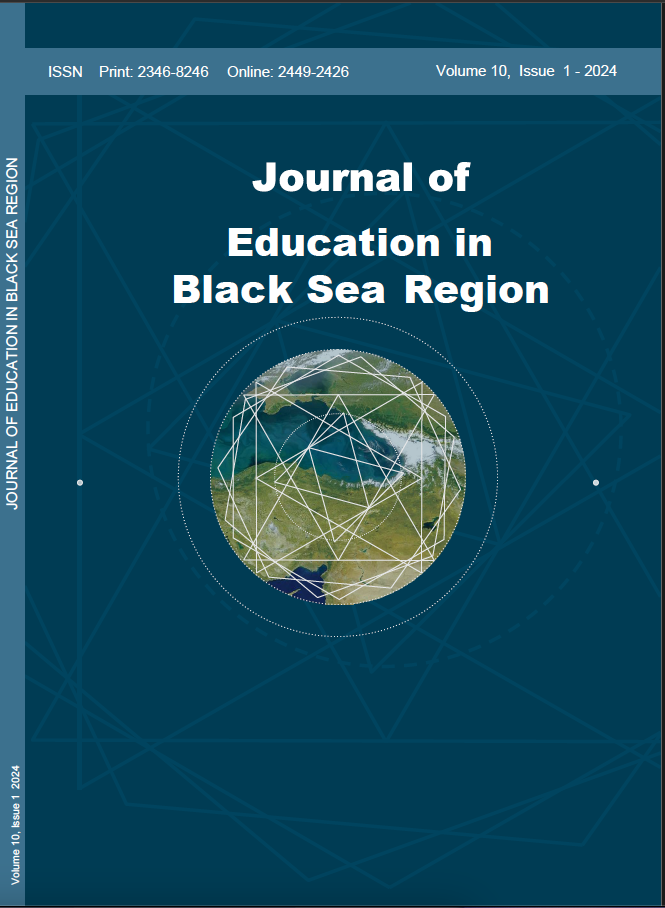Assessment of the Impact of Activity-Based Learning on Mathematics Academic Performance among Primary School Learners in Lagos State
DOI:
https://doi.org/10.31578/jebs.v10i1.327Abstract
The traditional teaching methods employed in primary school Mathematics often overlook the importance of fostering creative thinking, resulting in poor academic performance. This study investigated the impact of Activity-Based Learning (ABL) on Mathematics performance among primary school learners in Eti-Osa Local Government Area of Lagos State, Nigeria. A descriptive survey research design was employed, involving 50 students divided into three groups: traditional method (control), ABL (experimental), and combined method (integrating ABL and traditional methods). Data collection was done using an achievement test administered to students and a questionnaire administered to 50 primary school teachers. Data collected were analyzed using means with percentages, t-tests, and analysis of variance (ANOVA). The results revealed a significant difference in Mathematics performance between the ABL group and the traditional method group, with the ABL group demonstrating improved performance (t-test). However, ANOVA results showed no significant difference between the control group, ABL group, and the combined method group. The study concludes that integrating ABL with traditional methods can positively influence primary school learners’ mathematics performance. Recommendations include incorporating ABL into Mathematics instruction, providing resources and training for teachers, and conducting further research to explore long-term effects and scalability.
Downloads
Published
How to Cite
Issue
Section
License

This work is licensed under a Creative Commons Attribution 4.0 International License.
It is a condition of publication that authors assign copyright or license the publication rights in their articles, including abstracts, to Journal of Education in Black Sea Region. This enables us to ensure full copyright protection and to disseminate the article, and of course the Journal, to the widest possible readership. Authors are themselves responsible for obtaining permission to reproduce copyrighted material from other sources.


